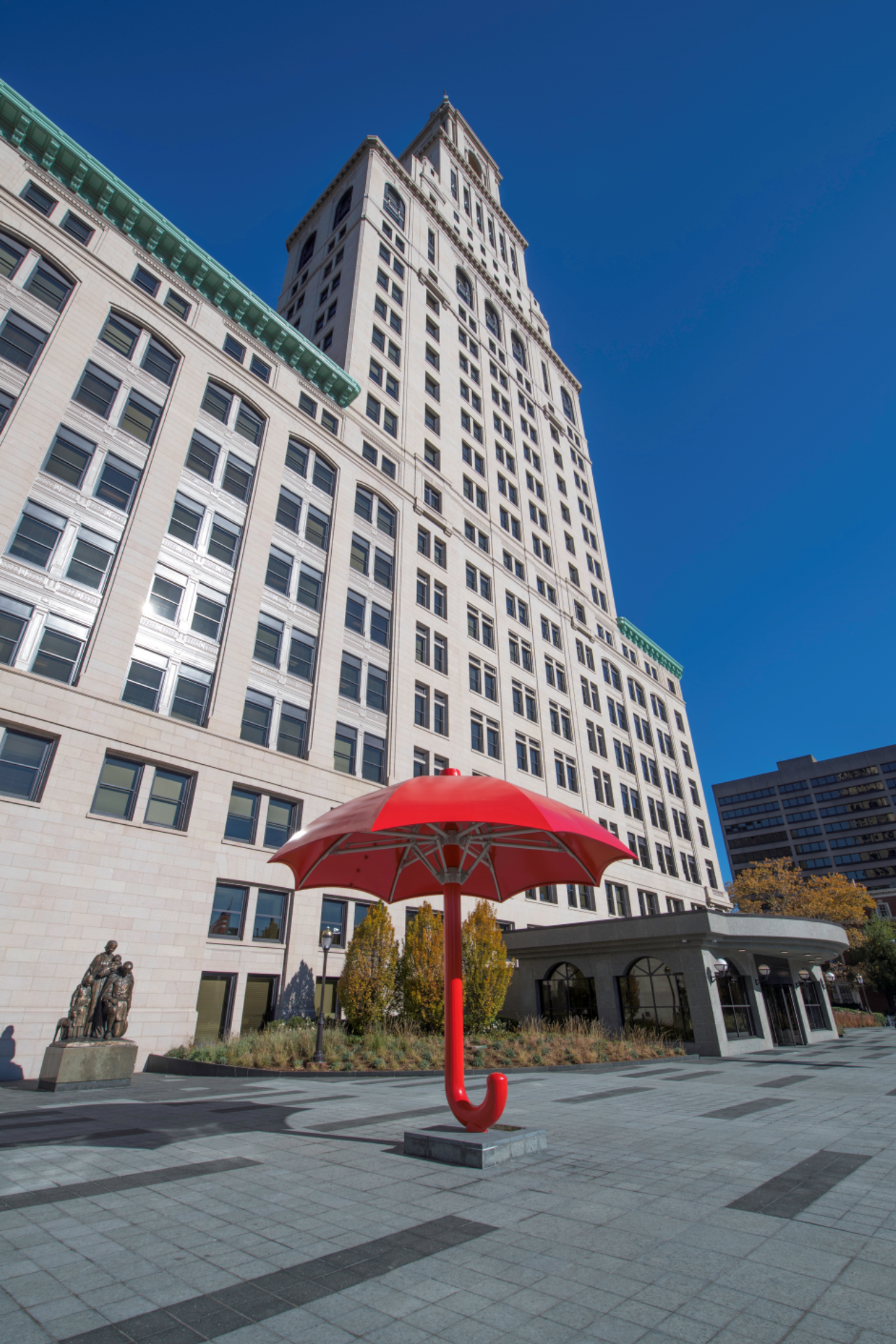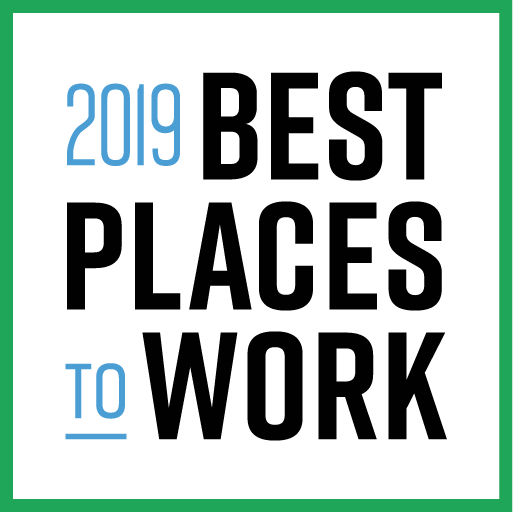PERSPECTIVE - Finding Magical Doors: Notes on Borders, Race, and Belonging
/by Sunil Bhatia I would like to begin by sharing with you some reflections on my summer reading.
I read a New York Times article about children who were separated from their parents at the U.S. border. Leitica, a petite, 12-year-old girl from Guatemala and her younger brother, Walter, were separated from their mother when they crossed the border without documents. These siblings were sent to a detention facility in Texas, which has a list of several rules that these young migrants must follow, “Do not misbehave. Do not sit on the floor. Do not share your food. Do not use nicknames.” The detention center also included this rule, “It is best not to cry. Doing so might hurt your case.” “Do not touch another child, even if that child is your hermanito or hermanita–your little brother or sister.”
Another child requested her lawyer mail a letter to her detained mother, with whom she had been separated for over three weeks. The girl wrote, “Mommy, I love you and adore you and miss you so much.” And then she pleaded: “Please, Mom, communicate. Please, Mom. I hope that you’re OK and remember, you are the best thing in my life.”
Leticia and her brother belong to over 65 million refugees and migrants worldwide who are displaced and are in harm’s way. After overcoming the perils of leaving home and embarking on an uncertain and often dangerous journey, they cross the border only to be treated as unwanted and inhuman others.
The story of Leticia and Walter haunted me.
I wondered when they would reunite with their mother.
Then I read the Pakistani author Mohsin Ahmed’s book, Exit West. The story focuses on Saeed and Nadia, whose love story unfolds in a nameless city that is filled with refuges and is teetering on the edge of war. Saeed and Nadia’s courtship speeds up against backdrop of raids, rocket fire, truck bombs and the constant noise of helicopters and drones that hover over the city. Their city gradually becomes unlivable. The government collapses, the militia take over the city, and the threat of violence is around every corner.
Suddenly there are rumors in their city that there are doors that open up to other countries. These trickster doors are like black holes or rips in reality that transport people across to countries and spaces of relative safety in an instant. Saeed and Nadia escape their city through these magical doors that eventually takes them to Greece, London and then to California.
Forgive me for getting seduced by the magical realism of this gorgeously written novel. But all summer, I have been hoping, rather dreaming, that Leticia and her brother find a magical door that takes them out of the cold and grotesque reality of detention centers in Texas and reunites them with their mother.
I have been dreaming that all families separated by migration have access to those doors that takes them to places, where they are loved, and can live fulfilling lives.
Alas, we know, there are no such mystical doors.
But think again.
I believe the magical realism of supernatural doors in Ahmed’s novel is not only about physical borders and doors. It is really about opening up the reader’s imagination and making them connect with people who are different from us. The magical doors are a metaphor that represent our human abilities to imagine and empathize.
Ahmed shows us a future world that is on the move because the greater portion of humanity is ravaged by economic inequality, war, extreme poverty and climate change.
He tells us that there is a possibility that every one of us can become a refugee.
 The author asks us to imagine: what if the College Green where we have assembled on today becomes a tent-city for us refugees next week? Would you close the doors on migrants and refugees if you knew that one day you too would become a migrant? Would you call migrants animals and rapists if your destiny was linked with their lives?
The author asks us to imagine: what if the College Green where we have assembled on today becomes a tent-city for us refugees next week? Would you close the doors on migrants and refugees if you knew that one day you too would become a migrant? Would you call migrants animals and rapists if your destiny was linked with their lives?
Our ability to imagine a different world than the one we have been given is our magical door. Some people are looking for actual doors that give them entry into new countries and spaces and some others are entering through a figurative door.
Sometimes both are needed for making sense of our life journeys.
My Journey Here
I found my magical door over 25 years ago when I made a journey that is very similar to the freshman Class of 2022.
I left my home from Pune, India, and travelled to the U.S. to become a graduate student at Clark University, a liberal arts school, in Worcester, Massachusetts. Like many international students from my era, I carried a suitcase with my precious belongings: photographs of my father and mother taken at a studio, farewell photos with my friends, Hindi film music, my best ever report card from 6th grade when I stood third in class, boxes of tea leaves, recipes, and small bags of turmeric, cumin, and coriander powder.
My first week or rather the first year in this new world was disastrous. I was so fresh off the boat that when my American friends greeted me with, “How are you?” I poured my heart out and told them my life story. I had missed the cultural point that a greeting is just a means of making polite talk. Instead of talking about the weather, I told strangers how I missed home, my family, friends and the smells of Indian streets.
My life was downright pre-historic compared to the Class of 2022. Every week I would handwrite dozens of letters home to my friends and family telling them about my life in America. Then an Indian owl would travel thousands of miles to Worcester and drop letters from home in my mail box. Well, the Owl bit may be exaggerated.
I was not fleeing a war zone or poverty, but yet I experienced a displacement that comes from being uprooted from home. Crossing borders brought pain and anxiety about the world I had left behind and the future that was yet to unfold. With time, I found a way to settle in the new world of American university life. Life at the university was fulfilling, but when I left the campus to go back to my apartment I witnessed another America.
This was an America segregated from the campus by just one street. Coming into my neighborhood in South Main in Worcester was like crossing a border or entering another country. The homes were crumbling, the schools were failing, and the old factories and mills had been abandoned. The university warned us about the dangers of South Main and we were told to avoid walking at night as it was filled with “dangerous people.” These so-called dangerous people bore a resemblance to my people back home–they were mostly brown, immigrants, the invisible and the poor.
One day, during summer, I went to a local bar to play pool with friends. When I moved close to the pool table, one of the local white youth told me to leave with the following words: “We don’t play with no Puerto Ricans. They are not wanted here.” Being called Puerto Rican was not about mistaken identity–it was a racist gesture.
I sensed an impending threat of violence. I left the bar. That day I went from being an international student to an immigrant and a person of color.
This was an important turning point in my journey.
I felt humiliated and reflected on this and similar incidents that I had previously chosen to ignore. I was an outsider to the American racial formation so I had the privilege of disregarding racism. This is what racism does to people. It shames them, makes them feel inadequate, and silences them. The experience of racism creates doubt and makes you believe that your story could not be true.
I was a newcomer to racism. I was a newcomer to segregation.
African-Americans had been here long before me for centuries fighting racial terrorism and resisting racism. Their inner lives are an inspiring tribute to the enduring spirit of humanity. I soon realized my new home and university was once the home of the Nipmuc Indians. Their land was stolen, their lives were destroyed and their culture was frozen in history.
My racial awakening made one thing clear to me: Whiteness served as a powerful norm, but its power was rarely interrogated. When I overcame my fear and questioned whiteness, I was often met with indifference or anger. It was only much later in life, when I encountered the term “white supremacy” that I fully understood how deeply whiteness had become integrated into everyday living and structures of American society: courts, schools, law, medicine, media, higher education, and politics.
My racial consciousness taught me something deeper. Whiteness had largely reinforced a narrative that people of color had a deficient humanity, they did not belong in this country, and their stories did not matter in the media or the curriculum. When people from marginalized communities showed up in the books I was reading, they often served as caricatured props and tokens for advancing the cause of whiteness or as victims that needed to be saved.
The psychology I had encountered in my graduate school in India and the U.S. was largely built on colonial knowledge, universalistic principles and Eurocentric cultural assumptions about individuality and rationality. It was a psychology based on 5 percent of the human population but yet it had the power to speak on behalf on the 95 percent of humanity.
There was something wrong with this picture.
I did not find my story in the canons of psychology so I wanted to tell a different story of psychology. I challenged psychology’s claims of universalism and its refusal to acknowledge history, culture, and politics.
I failed several times to articulate my vision of psychology. But reading books, doing research, engaging in teaching, and having conversations with a community of learners became my enchanted doors.
To put it simply, I found the tools to make sense of my emotional and intellectual life.
My education in a liberal arts university was a gift. My research focused on understanding how migrants, who have never thought of their identity in racial terms, become people of color in the United States.
My biography in America became the basis of my research. My first book, American Karma, and my early publications, drew on anti-colonial and anti-racist frameworks to challenge the universality of longstanding racial and ethnic assimilation models in psychology and human development.
Turning Point
9/11 marked another turning point in my career.
Immediately after 9/11, I was conducting ethnographic research for my first book. During an interview, a Sikh man, who worked as a high-level scientist for a local company, told me that he had not stepped outside for a week. He was afraid of being a target of a hate crime, so his wife did the groceries.
When I arrived at his home, he was in the middle of a family meeting discussing whether he and his son should cut their hair, beard, and if they should stop wearing their turban because it brought unwanted attention.
I did research on the changing notions of cultural citizenship and racial identity formation driven in large part by Islamophobia. I examined how the Sikh American community with their turbans, beards and their “brown identities” had become suspect in the larger American public space. They were framed as outsiders and turned into targets of racial profiling, scrutiny, and hate speech.
Since then I have continued my quest to radically transform my field. In my latest book, Decolonizing Psychology, I write about the shaping of Indian youth identities within the context of globalization, colonization, and neoliberalism. By focusing on the lives of youth in the Global South, I challenge Euro-American scientific psychology to recognize its own limits and to become more inclusive, reflexive and relevant to the majority of humanity.
Looking back, I can tell you that I am standing up here and sharing my story with you because I had access to a liberal arts education. Yes, that education gave me a livelihood, but what is even more remarkable is that it gave me meaning and purpose in life. Every major milestone in my career was achieved because I had support from colleagues, family, and community.
For over two decades now, my classroom has become my dwelling and my research is my imaginary homeland, and it is from these spaces my students and I together go out searching for those magical doors.
Your Journey Begins
Class of 2022, I know that like my own journey you too will cross several imaginary, physical, and conceptual, borders and you will experience many crucial turning points in your education. Your story, your journey and your discovery will be different than mine.
You have arrived on this campus to commence a new term and a new stage of life, but your racial, ancestral, sexual and cultural histories that brought you here are complex and diverse. For some of you, this College reminds you of home. You may feel you belong here. You have found your place. For some others, you may feel out of place and even out of your mind.
Use your time here at the College to make sense of your identity and the structures that shape your evolving self. Try to connect your story to people like Saeed, Nadia and Leticia and other people you have not yet met. Those characters don’t just live in fiction, detention centers, and brochures. You will find that brown, black, lesbian, gay, bisexual, transgender, queer or questioning, intersex, asexual or allied, heterosexual, cisgender, native, white, Asian, biracial, immigrants, international, local, and first-generation, members live in this community. You will meet them in your classrooms or at Harkness, Windham, Coffee-Grounds and Harris.
Your journey here is not a solo expedition. Rather you will be building community with these diverse members and you will collectively work towards transforming this institution. The word “liberal” in liberal arts is derived from the Latin word “liberalis,” which means to be free or a free-thinking person. The right to dissent and protest in the in the pursuit of learning to become a critical and free thinker is at the heart of a liberal arts education.
James Baldwin, an African American novelist and social critic, reminds us that the true “nature of society is to create, among its citizens, an illusion of safety.” So, if your belonging in the community feels like an illusion or makes you feel unsafe, he says, go ahead and use nonviolent means to disturb the peace to make it equitable and inclusive.
 Think about this for a moment, Class of 2022. You have already witnessed in your lifetime such powerful attempts to break the illusion of safety: The resistance offered by the birth of Black Lives Matter, the rise of the MeToo movement, the constitutional rights accorded to same-sex or gay marriage and the example of solidarity shown by the native people of Standing Rock in the face of oppression. The people behind these nonviolent movements were imagining a different world and a different community than the one they have been given. Their struggle for justice and belonging opened up new magical doors so others could step in, rise up, feel loved, and know that their lives matter equally in this society.
Think about this for a moment, Class of 2022. You have already witnessed in your lifetime such powerful attempts to break the illusion of safety: The resistance offered by the birth of Black Lives Matter, the rise of the MeToo movement, the constitutional rights accorded to same-sex or gay marriage and the example of solidarity shown by the native people of Standing Rock in the face of oppression. The people behind these nonviolent movements were imagining a different world and a different community than the one they have been given. Their struggle for justice and belonging opened up new magical doors so others could step in, rise up, feel loved, and know that their lives matter equally in this society.
What these big and small stories of social change tell us that a liberal arts education is more than employability and building a career. It is about cultivating humility, empathy, creating community, and practicing what Sikh American civil rights activist Valerie Kaur calls “revolutionary love.” She says, “Revolutionary love is the choice to enter into labor for others who do not look like us, for our opponents who hurt us and for ourselves.”
I believe cultivating critical thinking along with the capacity for revolutionary love is one of the most important projects of a liberal arts education.
Engaging with this form of education can give you knowledge needed for writing poetry, fighting for social justice, carving out your belonging, countering fake news, studying abroad, learning a new language, becoming a teacher, psychologist, scientist, sociologist, engineer, historian, artist, dancer, or a philosopher.
That is all you will need to soar high.
_________________________________
Sunil Bhatia is Professor of Human Development at Connecticut College in New London. This is an excerpt of the address he delivered at the college's Convocation at the start of the current academic year on August 27, 2018.





 The startups include:
The startups include:

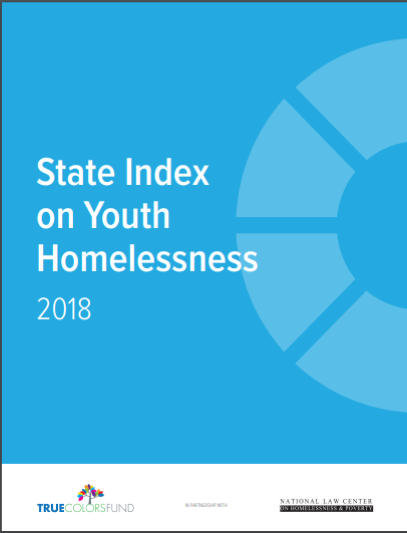


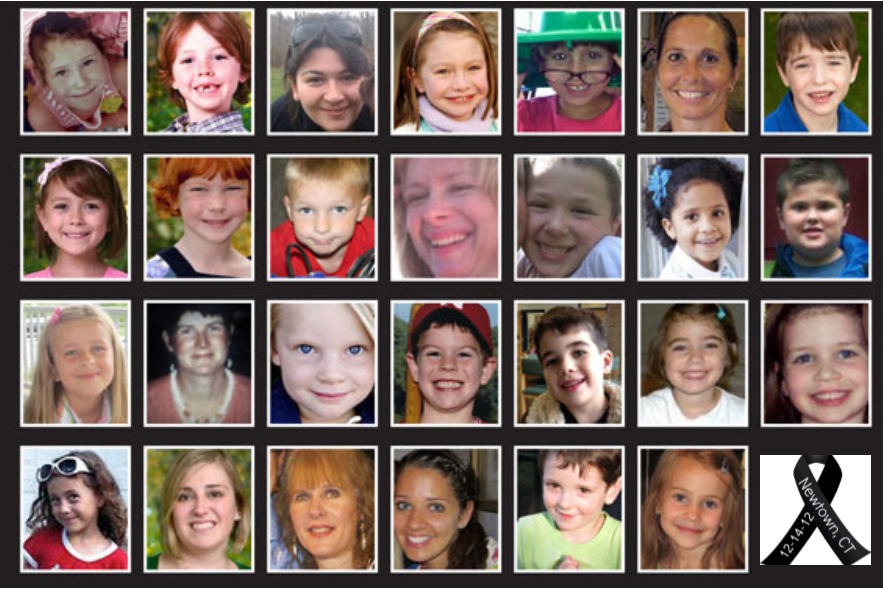

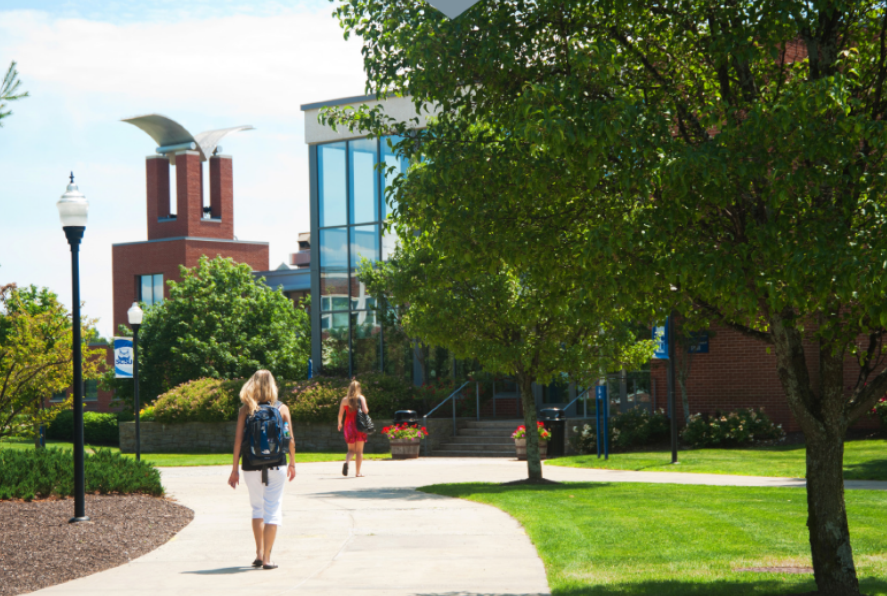 2016-17.”
2016-17.”
